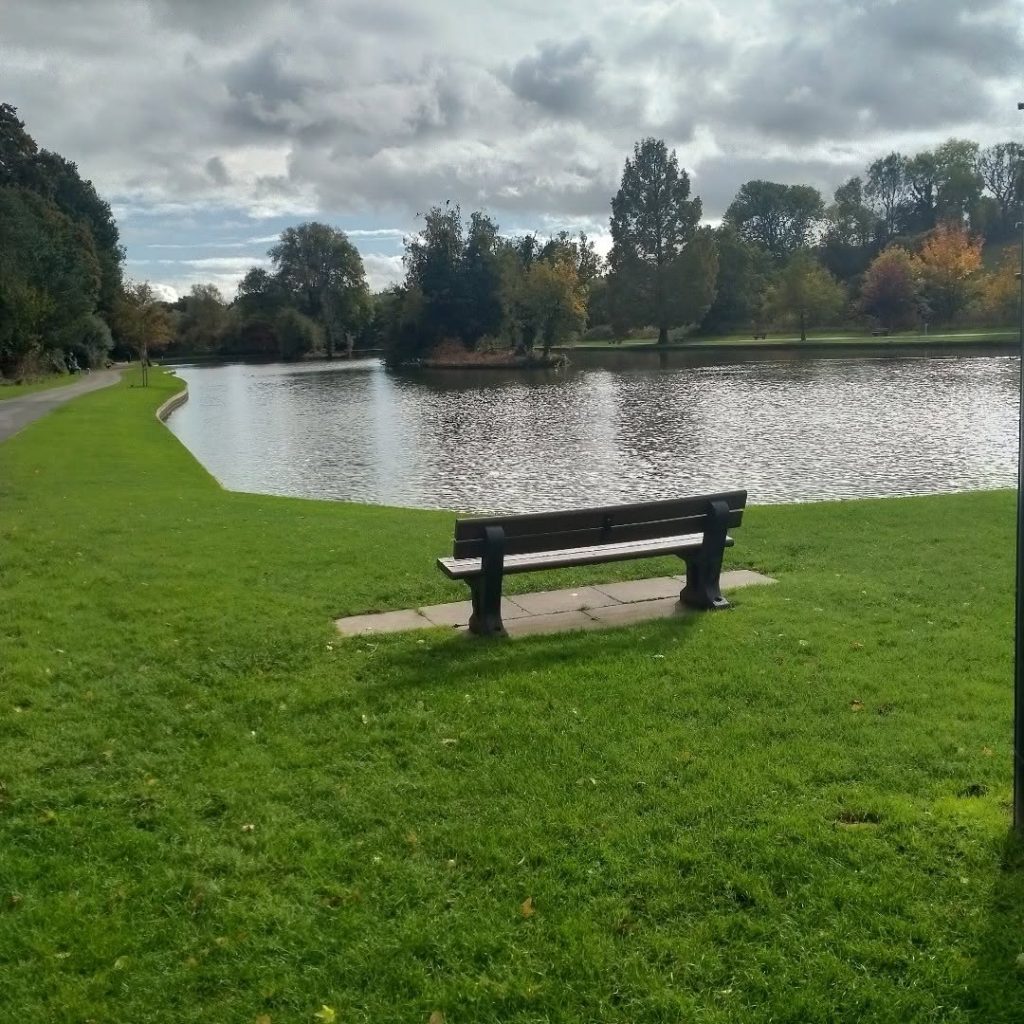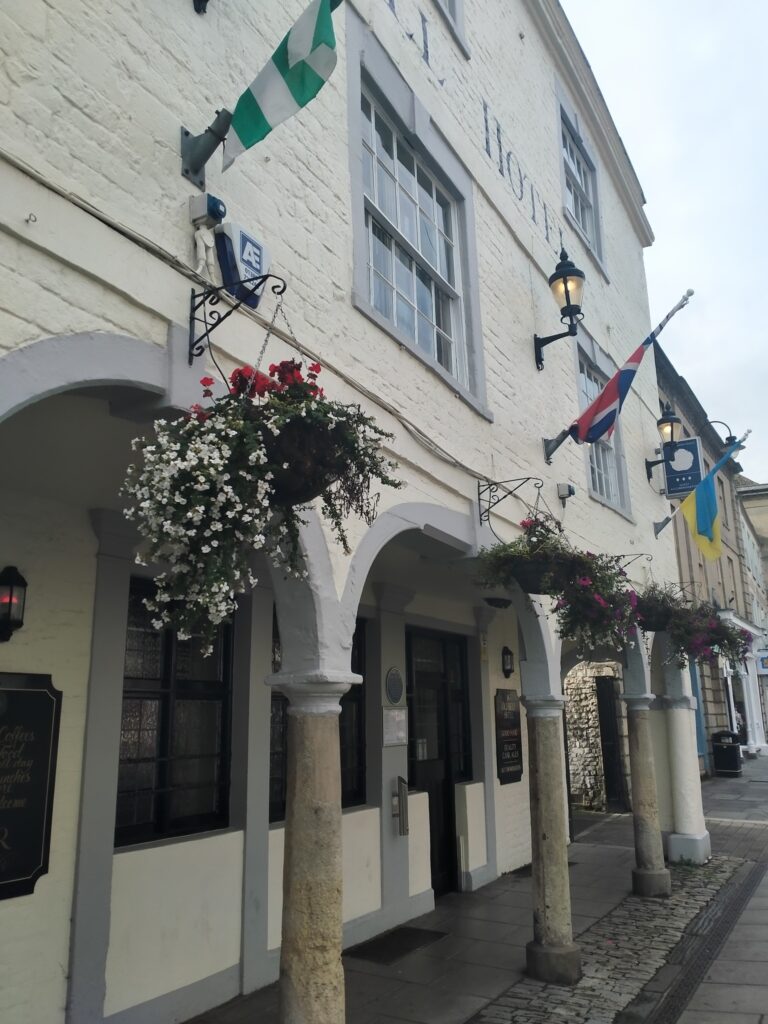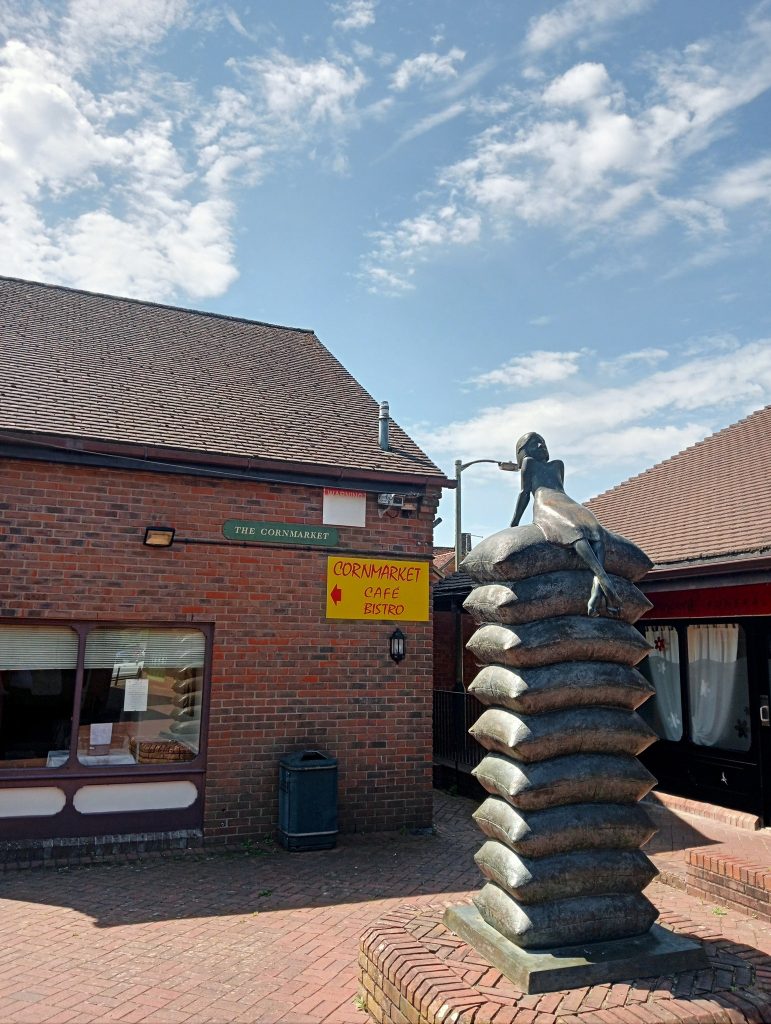By Tim Lambert
Early Warminster
The remains of two Roman villas were found near Warminster. However, the modern town dates from the Saxon era. The origin of the name Warminster is not certain, but it’s probably derived from the name of the River Were and a minster (a minster was a monastery church). St Denys Church was first built in the 11th century. St Lawrence Chapel in Warminster was built in the 13th century.
At the time of the Domesday Book in 1086, Warminster probably had a population of over 400. By the standards of the time, it was quite a large settlement. Warminster was given a charter by King John in 1204. In the early 13th century, Warminster was a thriving town with important markets. By the 14th century, it probably had a population of about 1,000, making it a small but thriving town.
From the 16th century to the 19th century, Warminster was known for its cloth industry and malting as well as its corn markets. By the late 17th century, Warminster probably had a population of around 1,800. The town continued to grow rapidly during the 18th century. Meanwhile, Warminster School was founded in 1707. The Obelisk was erected in 1783.
Modern Warminster
In 1801, at the time of the first census, Warminster had a population of 4,932. By the standards of the time, it was a fair-sized town. By 1851, the population had risen to over 6,000.
Meanwhile, in the early 19th century, the old cloth trade in Warminster went into severe decline, and the markets became less important. But other industries like brewing and iron founding flourished. Warminster Maltings has been operating since 1855. The original Cornmarket building was built in 1855.
In 1851, a railway from Warminster to Westbury opened. It was extended to Salisbury in 1856.
Warminster Town Hall was built in 1837. Warminster gained its first hospital in 1866, but a new hospital was built in 1929. The Warminster War Memorial was built in 1921.
A volunteer fire brigade was formed in Warminster in 1886, and a fire station was built in 1906. However, the fire brigade moved to a new building in 1966.
In the late 19th century, the town declined. It lost much of its trade, and by 1901, the population had fallen to 5,547. The population of Warminster continued to decline until the 1930s, but the Second World War revived the town’s fortunes.
Warminster Lake Pleasure Grounds opened in 1924.

Warminster Pleasure Gardens

Warminster Lake

Another view of Warminster Pleasure Gardens
In the mid and late 20th century, the presence of the British army revived the town’s fortunes. By 1961, the population of Warminster had risen to almost 10,000. Warminster Sports Centre opened in 1973.
An old inn, the Three Horseshoes, was demolished in 1968 except for the facade. The Three Horseshoes Shopping Walk replaced it.
In the 1970s, Warminster was called ‘the UFO capital of Britain’ because so many were seen in the area.
The first Warminster Carnival was held in 1977, the year of Queen Elizabeth II’s Silver Jubilee.

The Bell Hotel, an inn in Warminster dating from the 14th century
The Athenaeum was built in 1858. It became a cinema in 1912 and an art centre in 1969. It re-opened as the Atheneum Centre for the Community in 2000.
In 2023, the population of Warminster was 17,000.

A sculpture in the Cornmarket, Warminster